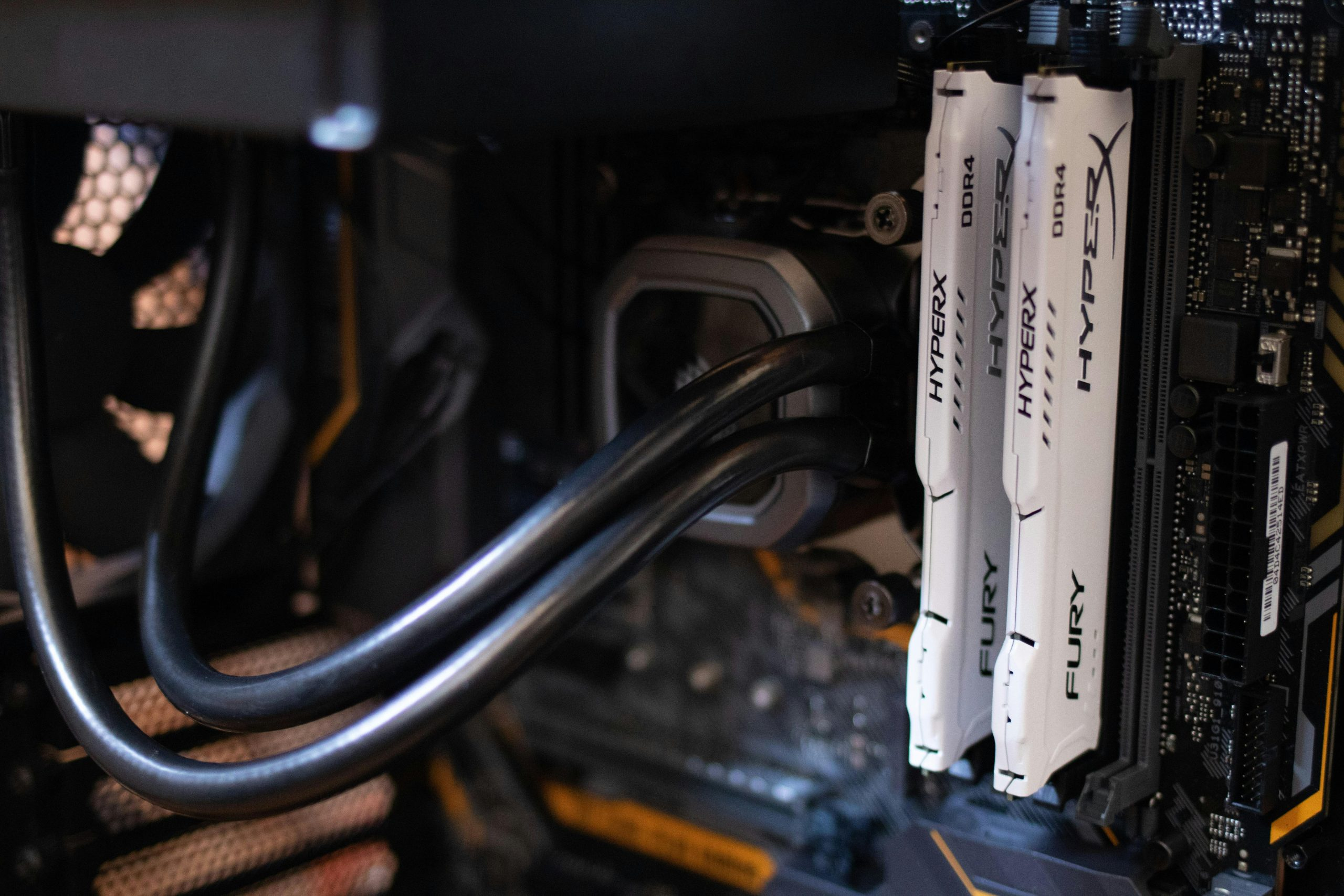The quiet revolution of flexible printed circuit boards
Flexibility is not just a desirable trait in personal character, but it has also become essential in electronic devices – thanks to the quiet revolution of flexible printed circuit boards. These durable, lightweight, and highly adaptable circuit boards have changed the way we think about electronics and have opened up a world of possibilities for designers, engineers, and manufacturers.
The Evolution of Printed Circuit Boards
In the early days of electronic devices, rigid printed circuit boards (PCBs) made of fiberglass or composite materials were the go-to option for providing connections between components. However, as technology advanced and devices became smaller and more complex, rigid PCBs became inadequate. They were heavy, bulky, and couldn’t fit into irregular shapes or tight spaces. This led to the development of flexible PCBs.
Flexible PCBs, also known as flex circuits or FPCs, are made of thin, lightweight film-like materials such as polyimide or polyester. They are designed to be flexible, bendable, and even foldable without breaking or damaging the circuitry. Unlike rigid PCBs, which are flat and one-dimensional, flexible PCBs are three-dimensional and can be shaped to fit into any device or product. This makes them ideal for use in a wide range of industries, from consumer electronics to medical devices.
The Advantages of Flexible PCBs
1. Compact and Lightweight
One of the main advantages of flexible PCBs is their compact size and lightweight design. As they can be bent and folded, they take up less space and are perfect for use in small-sized devices such as smartphones, wearables, and miniature electronic products. They also weigh significantly less than traditional rigid PCBs, making them ideal for portable devices and applications that require lightweight materials.
2. Improved Durability and Reliability
Flexible PCBs are made of highly durable materials that can withstand repeated bending, flexing, and folding. They are also more resistant to shock, vibration, and temperature fluctuations, making them suitable for use in harsh environments. This results in improved reliability and a longer lifespan for devices that use flexible PCBs, reducing the need for frequent repairs or replacements.
3. Enhanced Design Flexibility
The most significant advantage of flexible PCBs is their design flexibility. Unlike rigid PCBs, which are limited to a flat and rigid structure, flexible PCBs can be shaped, twisted, and even rolled up into various shapes and sizes. This allows designers and manufacturers to create unique and innovative products that were previously impossible with traditional PCBs.
The Applications of Flexible PCBs
1. Consumer Electronics
With the rise of portable electronic devices, flexible PCBs have become an integral part of the consumer electronics industry. From smartphones and tablets to laptops and smartwatches, these lightweight and flexible circuit boards are used in a variety of electronic products that require high performance in a compact form factor.
2. Medical Devices
Flexible PCBs have also revolutionized the medical industry. They are used in medical devices such as pacemakers, hearing aids, and other implantable devices that require lightweight and compact circuitry. Flexible PCBs are also essential in medical imaging equipment such as MRI and CT scanners, allowing for high-quality images in a flexible and adaptable design.
3. Automotive Industry
The automotive industry has also embraced flexible PCBs, particularly in the development of electric and hybrid vehicles. These advanced vehicles require complex electronic systems in a compact and lightweight design. Flexible PCBs provide the necessary durability and flexibility to meet these requirements.
The Future of Flexible PCBs
The future for flexible PCBs looks bright, with ongoing research and development in flexible and stretchable electronics. Flexible PCBs are now being combined with other materials such as silicone, rubber, and even fabric to create stretchable circuits that can be used in wearable devices, smart clothing, and even electronic skin.
The quiet revolution of flexible printed circuit boards has opened new possibilities for electronics design and manufacturing. They have transformed the way we think about flexibility and have allowed us to incorporate electronic systems into products in ways that were previously unimaginable. As technology continues to advance, we can expect to see more innovative uses for flexible PCBs in various industries, making our devices smarter, smaller, and more durable.










